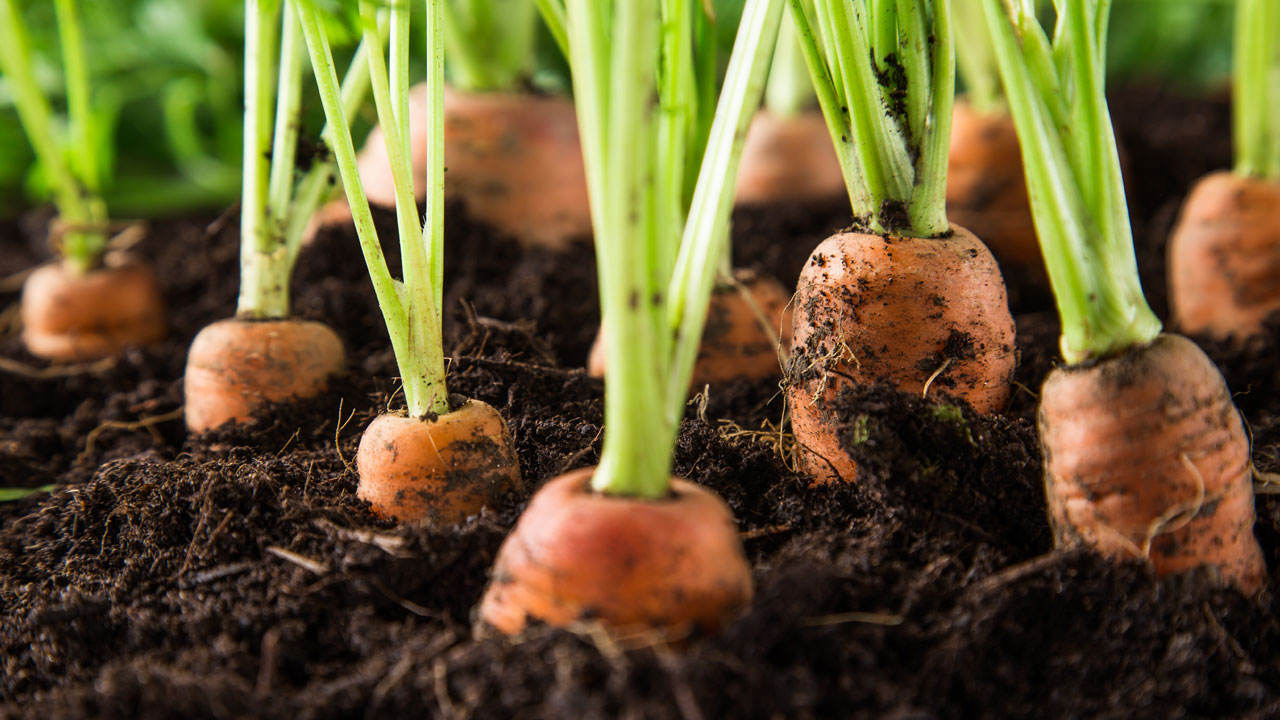Striving for Imperfection in Your 2018 Garden
Feb 20th 2018
As we dream about our upcoming gardening plan for this year, I want to suggest being creatively imperfect. I’m talking about taking the stress out of your garden design and making it fun and environmentally friendly. Beautiful, healthy plants displayed brilliantly will remain the top priority.
Many gardeners have found out that a very labor intensive (time + effort) part of their landscape and gardening life is mowing their lawn. This “all American” practice is polluting and noisy. And picking out “weeds,” give me a break! Some creative ways to get around this are replacing your lawn with a mulch made up of wood chips and then planting a few drought tolerant tall grasses, lavender and perennial flowers next to or around a specimen rock (google “hardscaping your yard”) or wooden bench. Sizeable 15-25-gallon size colorful, ceramic planters filled with tall ornamental grasses and some flowering trailing plants placed in the yard will provide an attractive contrast with the brown mulch.
In recent travels to Japan, I noticed that most yards had their vegetable gardens, fruit trees, and herbs gardens growing in the front or side yards completely visible to all. An appreciation in the imperfections in life the Japanese call it “wabi-sabi” was evident on the train rides through small towns where dried fruits such as persimmons hung from fences and fascia boards of many of their homes.
Your landscaping should mimic your areas natural surroundings. Check out the native plants in your area, and you might see some that you’d like. Check with a local nursery to see if they sell native plants and ask about the soil and maintenance needs. If the soil around your home is native, then these plants will need a little attention and water once they establish themselves. There are many resources (see highcountrygardens.com and anniesannuals.com) available online where you can find flowering drought, tolerant natives. The less you need to amend the soil or use chemical fertilizers, the more you’ll enhance your environment. Your personal space should be a comforting and beautiful piece of paradise, and untamed!
Your landscaping can also be a source of food for you and local wildlife an edible landscape. It will also be a haven for the much-needed pollinators such as butterflies, honeybees, and birds. Using strawberry plants as a walkway border can be an easy, attractive, and yummy addition to your home. Dig a 6-inch-deep and 1-foot wide trench, fill it with organic soil and plant the strawberry starts one foot apart. Within a few months, you’ll have a solid green strip with little young strawberries forming all along. Adding a selection of dwarf fruit trees will give you delicious fresh fruit in the summer and fall months. Planting these trees entail some work initially, but the annual harvests will make it worthwhile. Berry plants (thorn less blackberries, raspberries, and blueberries) which grow into bushes or hedges can create a good looking and sweet tasting border along a fence or property line.

Make a portion of your garden a pollinator garden; it will help you and your neighbors be successful when growing fruits and veggies this year. These areas can be an array of gorgeous flowers that will attract our main pollinators. We all need to do this because of the prevalent use of herbicides such as weed killers and various pesticides and bug killers. These and other chemicals pose severe possible health risks as recognized by the EPA as exposure to them increases our risk of serious illness.
Creating a sanctuary pollinator garden requires having a sunny area to grow these “pollinator plants” (milkweed, nasturtium, and dogbane) as these plants do well and are attracted to a warm sunny environment. Also, provide a small “pool” or shallow container with wet sand as their water supply, and place a few large rocks nearby for the insects and birds to sun themselves. Some anchor plants to protect the pollinators could be the butterfly bush, vines such as honeysuckle, and some herbs such as fennel or dill. African Daisy, Columbine, Bee Balm, Black Eyed Susan, Lobelia, and Yarrow are some good and showy choices to attract and provide food for the essential pollinators. Remember, a carefully planned “wild” look in your garden.

Create areas in your yard that are wildly imperfect, outrageously colorful and beautiful. The more rural cities in the US have an advantage. They have rampant growth of native weeds and flowers. Even trees spring up all over the yard. Just thin them out leaving a cleared area as a setting for entertaining, or your children’s play. Then plant some shade loving native flowers and vines for a highlight splash of color. In the arid western states, a careful drip irrigated garden made up of drought tolerant plants like German Chamomile, Borage, echinacea, lupine, Peruvian Lily, Texas Bluebonnet, or Black-Eyed Susan to attract the pollinators while pleasing the people in your life too.

